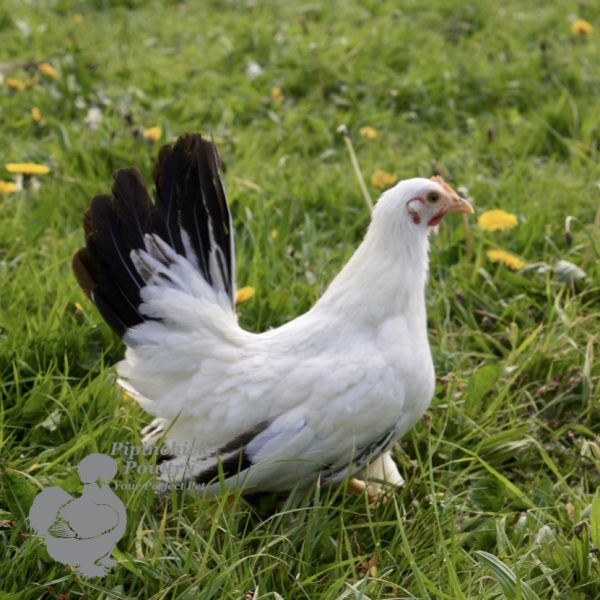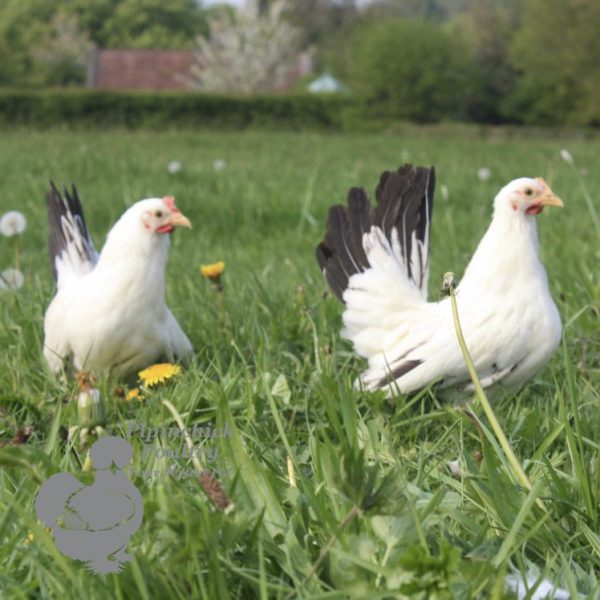


Are Chickens Better In Breed Pairs?
Better in Pairs?
We get asked a lot on the farm about how to pair or build your flock for the best and most harmonious group, it’s always a numbers game but can also be down to breeds and their need to be in their breed pairs.
There are so many gorgeous breeds of poultry to choose from and when selecting knowing you’re getting the ratio right is so important for long term harmony in your flock, for e.g. mixing hybrids with pure breeds is usually a no no and putting some bantams together also won’t work, to ensure you get it right you can always ask us or check our breed guides.
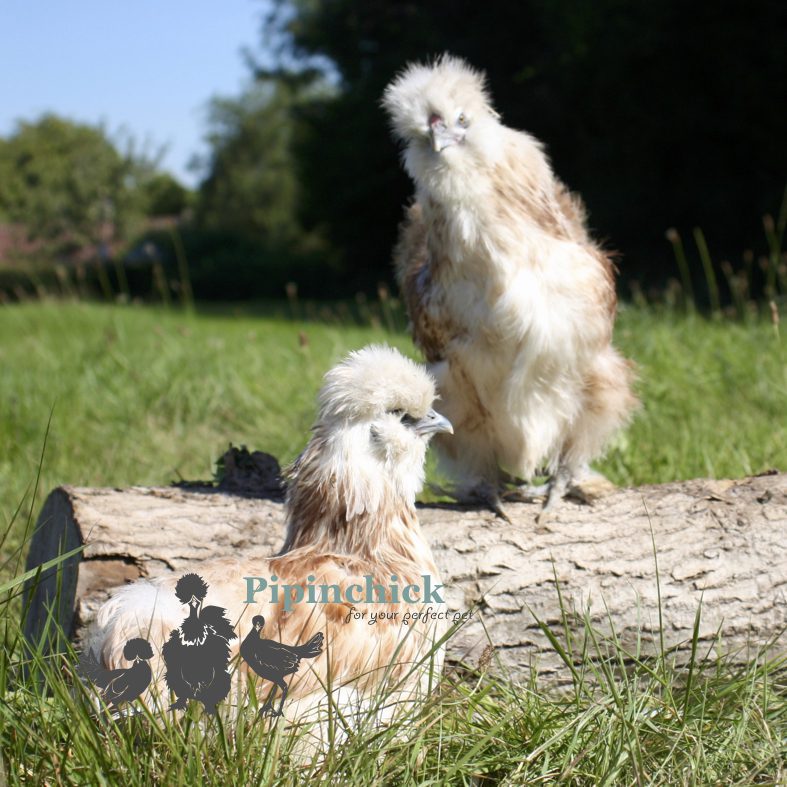
So, what hens are better in breed pairs and why?
Over the years we have learnt to rear many different breeds of chickens, and yes, each one is so unique and different. Sadly, this kind of learning journey does come with heartache and that is often how we learn moving forward. Over the years we have created raring environments suited to different breeds and as such have learnt how to combine hens in groups for the best harmony, and how not to!
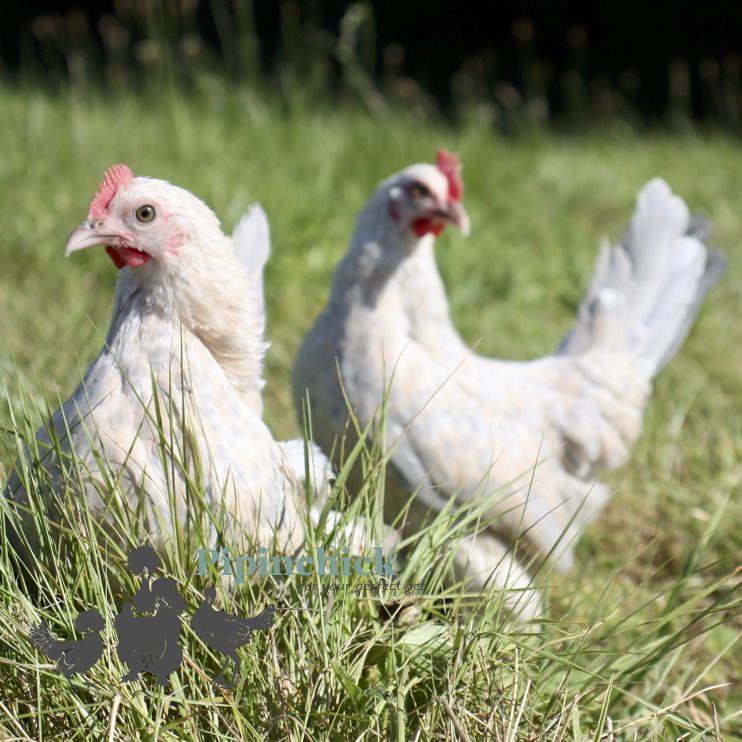
Before we dive into the breed pairings, our rule of thumb on flock mixing is if you want a completely mixed flock, i.e. one of everything, then having one hen on their own should be fine, provided you have another similar breed within the mixed flock, a mixed flock will create a flock and be harmonious even with the differing personalities. The problems will start as soon as you begin making pairs or groups for e.g. If you had 2 Silkies and 1 Polish, even though Silkies and Polish are both lovely, little, docile hens, the Polish being the only one of her kind will definitely be left out! However, you could have 2 Silkies and one Amearucana, this would be fine, as the Ameraucana are fairly robust and happy to do their own thing, they don’t necessarily need a breed pair for a companion and would probably flock together with the others anyway creating a flock of 3 or be content doing her own thing.
Below is our guide to which hens flourish in breed pairs and why.
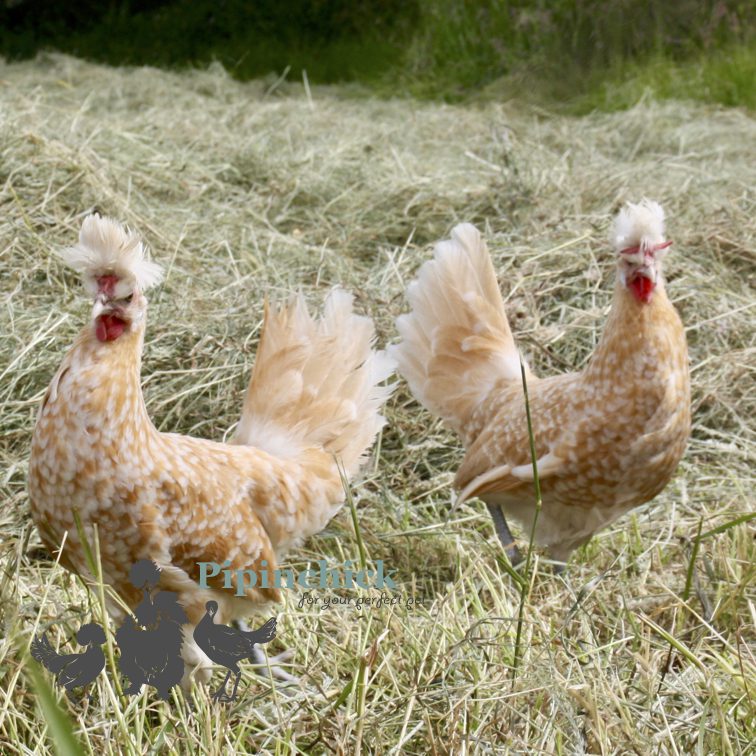
Padovana Chickens
These hens are perhaps the funniest and strangest chickens we rear but at the same time the absolute best in my opinions for pets and garden companions. They have such unique personalities and I don’t really think they know they are chickens at all. As such in a flock of ‘normal’ hens they get left out, they are like that eccentric child at school that no one quite gets or wants to play with. Being left out of a flock will make your chicken sad and depressed, this can then lead to them being bullied, pecked and in some cases can stop them eating, drinking and ultimately, they die. To ensure this doesn’t happen we always advise having a pair of Padovana in a flock, unless your flock is completely mixed. Padovanas will be fine in a mixed flock with any bantams, Brahma, Cochin, Ameraucana, Silkies, be careful with larger rangy pure breeds and do not mix with hybrids.
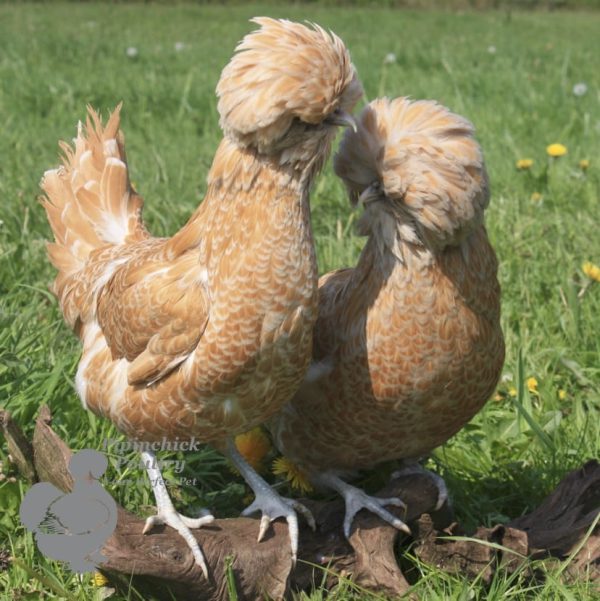
Bantam Polish and Laced Bantam Polish or Bantam Padovana
In the U.K. Laced bantam Polish are not called bantam Padovana, even though this is what they are. Polish have white crests as a rule and the bantam Padovana are self-crested and sometimes bearded, they are 2 different breeds of chickens. The reason they are called bantam laced Polish is because they all have very similar characters, they are completely ditsy, silly and a bit neurotic, again as with the large Padovana this makes them behave differently from ‘normal’ foraging breeds. They like people, want to be with you, prefer small set ups and ultimately do not do well in mixed flocks of big rangy breeds, keeping these little birds in pairs will give you the best success, even in mixed flocks we advise pairing these little ladies.
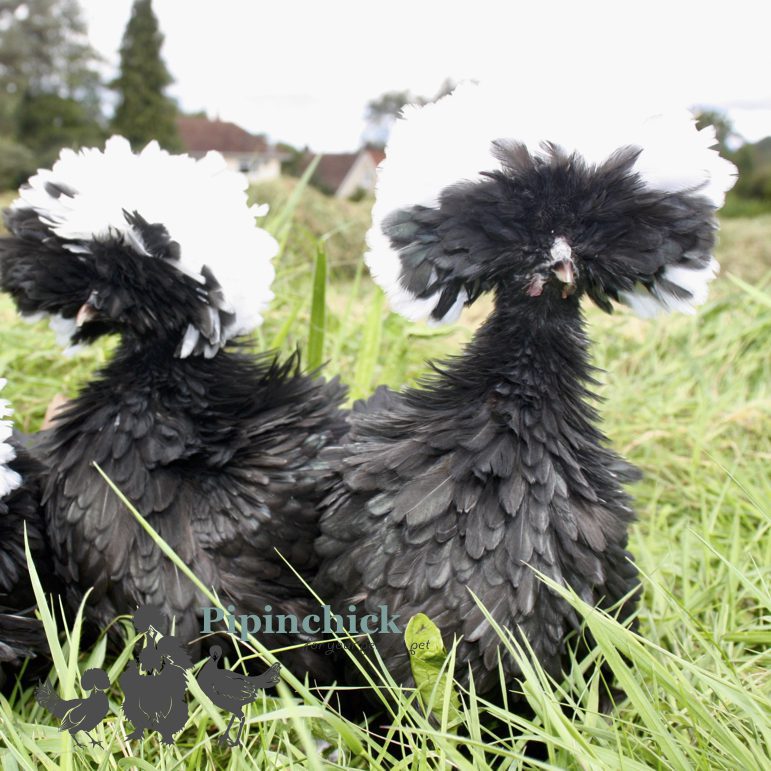
Bearded and Non-Bearded Silkies
These little fuzzy fluff balls, do need to have a likeminded companion, although not as ditsy as the Polish they are still a bit dim, the non-bearded hens are much smarter than the bearded but even so they do need a breed companion. Bearded Silkies are even more timid and if in a flock of larger or even smaller but more feisty bantams such as Pekins will not defend themselves if attacked, they are easy targets for bullying, in pairs they create a more united front and are less of a target. Non-Bearded Silkies are tougher, but we still advise having a pair, also, they don’t mix as a pair, you would need 2 non bearded or 2 bearded you can’t have one of each as a breed pair as their characters are so different.
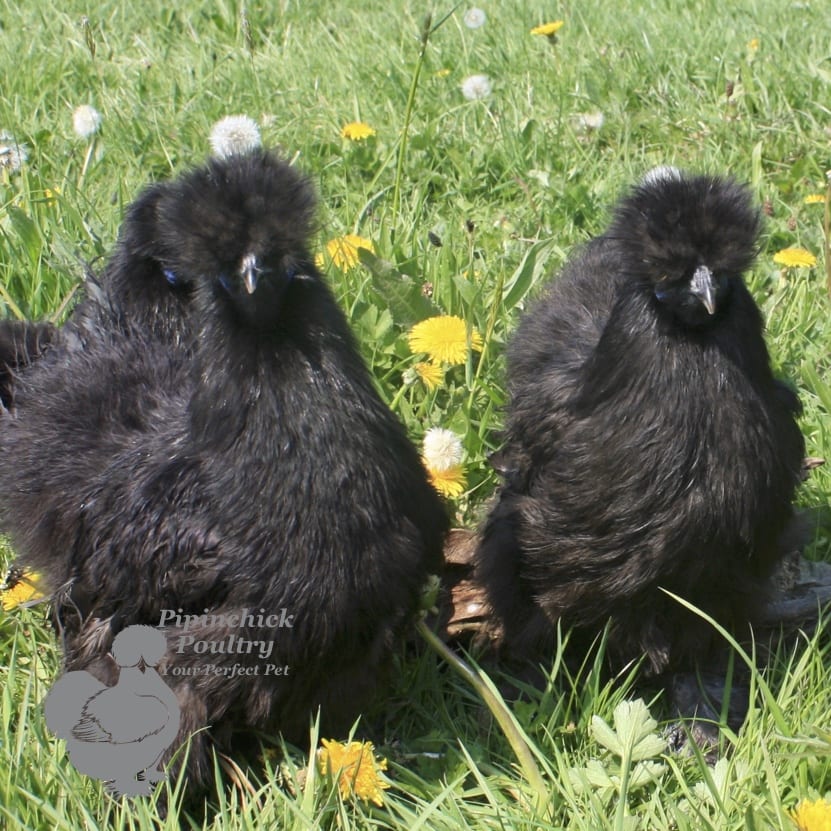
Bantam d’Uccles
Oh these little delicate creatures are just so pretty and lovely, again, a little ditsy but because of their size they are such easy targets, some smaller bantam such as Bantam Ardennaise or the Sablepoot will hold their own and are very sturdy and confident little bantams but the sweet d’Uccles are just too timid, if bullied as with the Silkie they just take it and will likely stand still and allow themselves to be pecked to bits. NEVER put these little hens with large rangy pure breeds or hybrids, keep with like bantams and always in breed pairs.
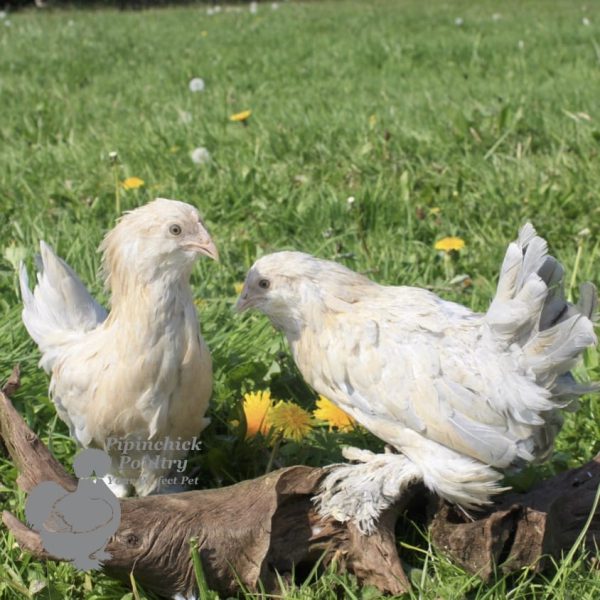
Bantam Faverolles
Although these little guys are very forward, confident and capable they are always the victims if in with larger hens, they have lovely characters and enjoy human company, but as such I feel a little naive around other hens, they are like that one friend who always gets in trouble because they see the good in others, that’s a bantam Faverolles, they tend to bound up wanting to make friends and then the larger or more aggressive birds will just peck them, they often get left out if on their own so again, always in pairs.
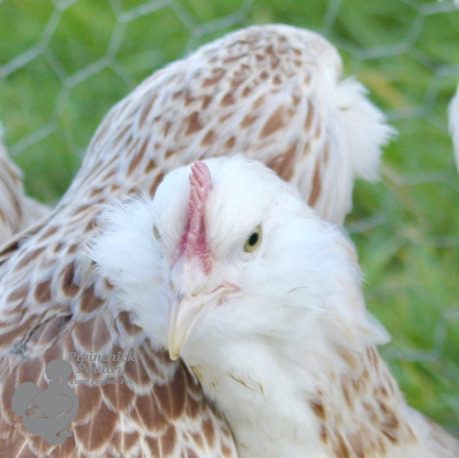
Chabo or Japanese Bantams
Such little and delicate hens, they are much like the d’Uccles in that they are gentle and small, they do fair a little better than some of the above but in a large flock would definitely need a breed pair. They can be a little skittish in comparison and I think it’s this skittish and slightly erratic behaviour that can make the other more ‘normal’ hens feel uneasy around them, this then leads to bullying, if in breed pairs they will go off together doing their own thing and be more content.
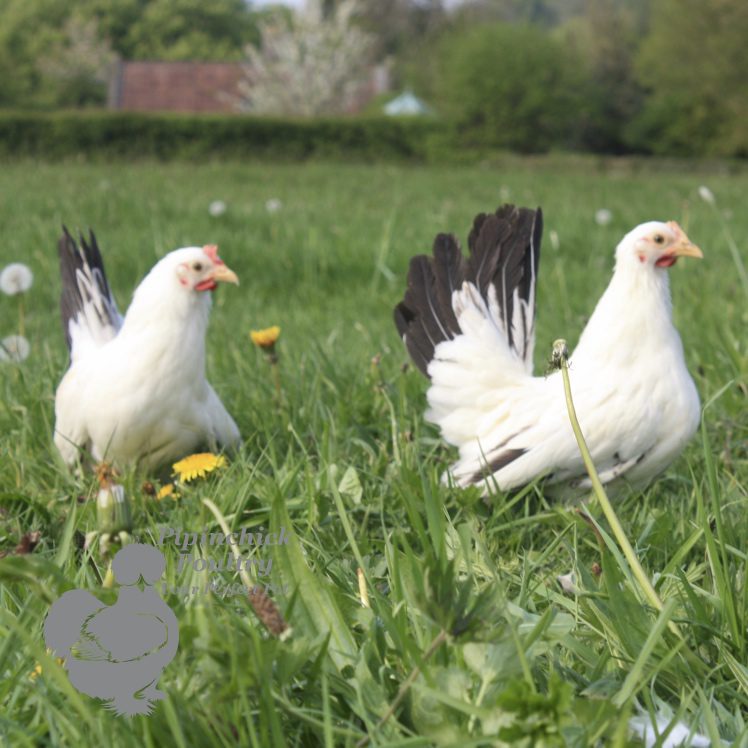
There are always exceptions to a rule and I am sure some of you out there may have the one in a million bantam Polish flourishing in a flock of hybrids, but as a rule the above need to be in pairs.

